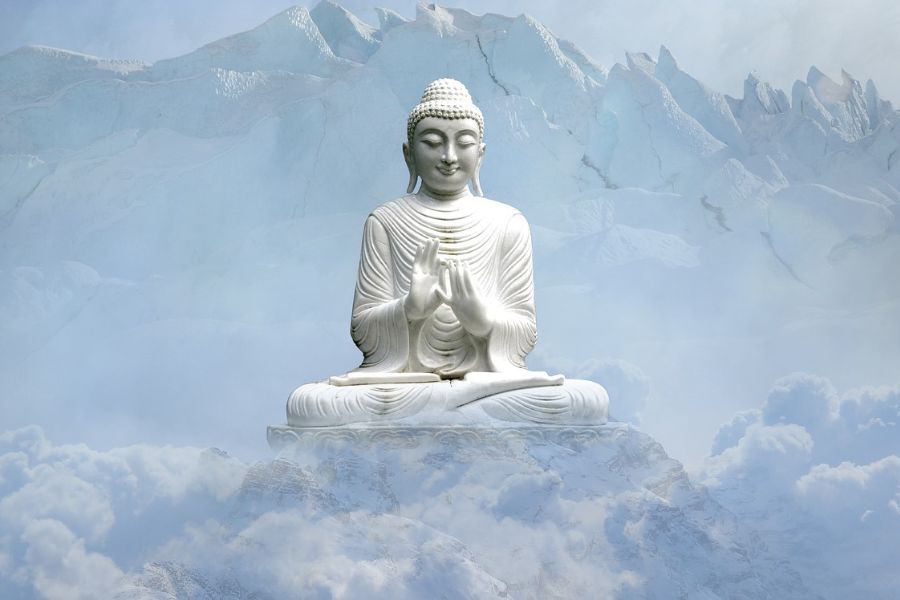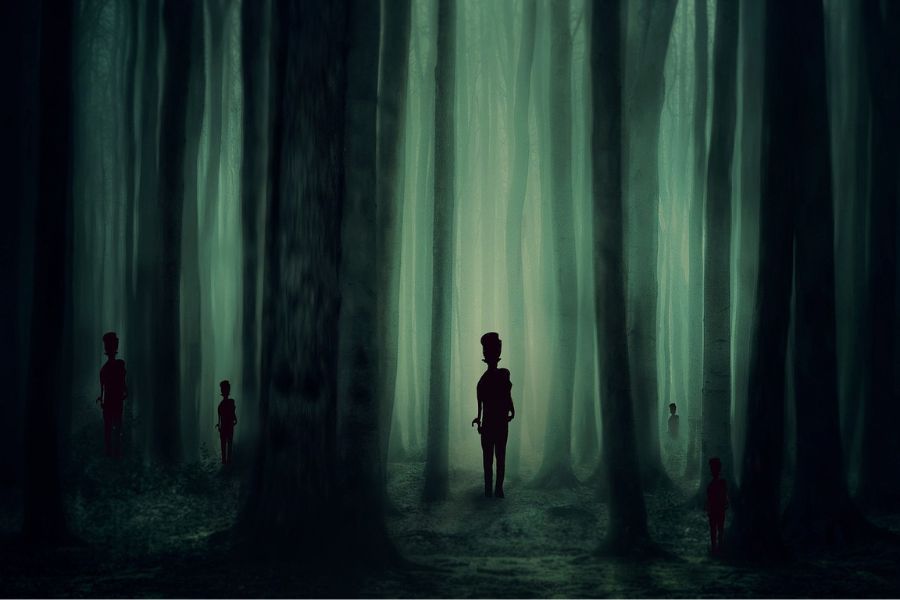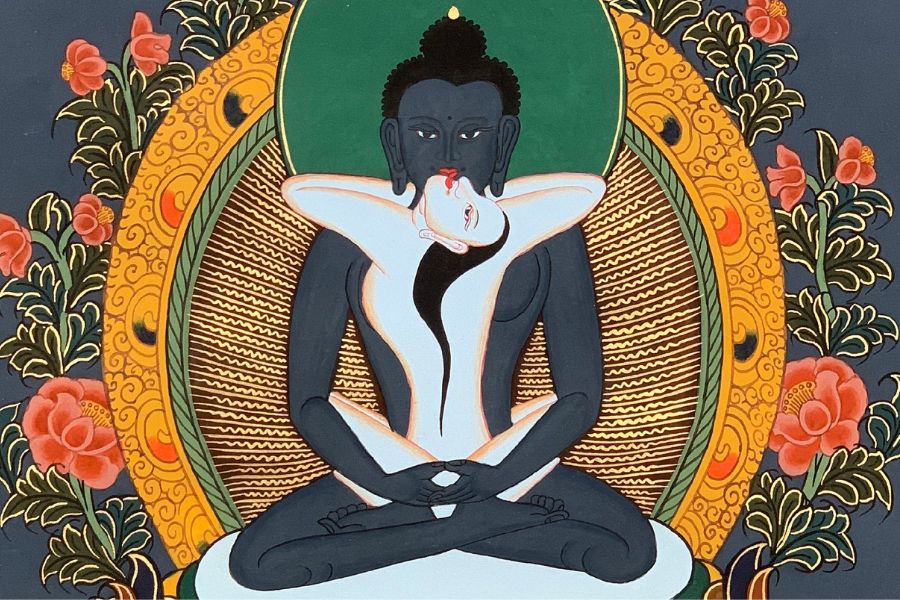Between 1977 and 1978, a series of unexplained events, known as the Chupa-Chupa Phenomenon, struck several regions of Brazil, especially in the states of Amazonas, Pará, Maranhão, and Piauí.
What started as simple sightings of lights at night became increasingly aggressive from April 1977, causing injuries and physiological effects in people. This remains one of the most intriguing cases in Brazilian ufology.
The first recorded case involved José Souza, a healthy 22-year-old who mysteriously died during a trip to Caranguejo Island, where he was working with his brothers and cousin cutting wood. During the night, while they were sleeping on an anchored boat, an unexplained event occurred: José was found dead, and two survivors suffered severe burns, with no memory of the event. They only woke up at dawn, much later than expected.
Apolinário, one of the survivors, reported that the injuries appeared before midnight, but he had no memory of what caused the burns. What was most puzzling was that there were no signs of fire on the boat or the island. The medical report classified José's death as "emotional shock," but the true cause remains unknown.
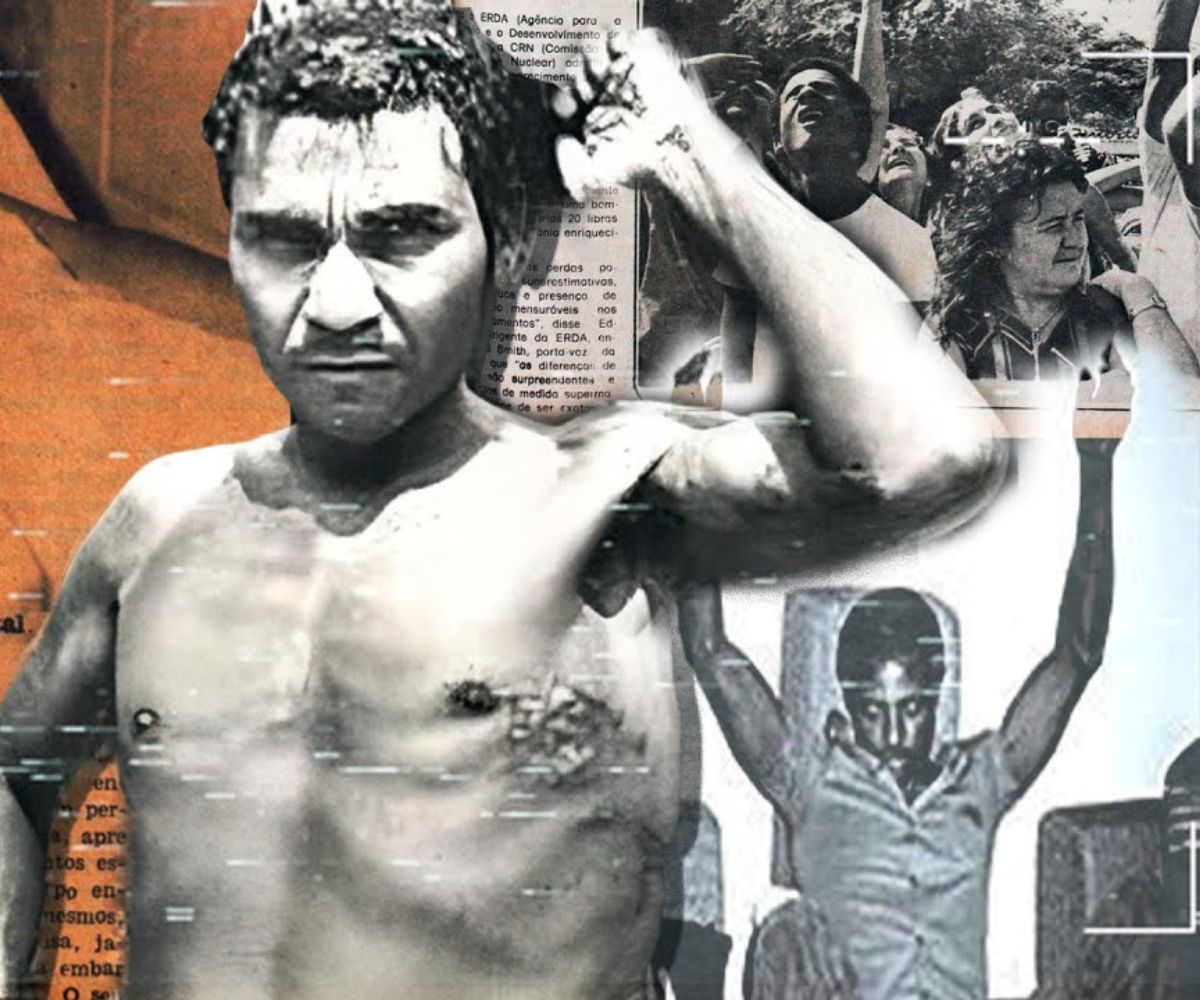
Local press began to link the incident to the flying lights spotted in the region, raising two main theories: an unusual atmospheric phenomenon or the presence of unidentified flying objects. This was just the beginning of a wave of strange events that would plague the region in the following months.
In the following months, cities located along the Gurupi River (the border between Maranhão and Pará) and the Bay of Sol (Pará) were constantly affected by the Chupa-Chupa Phenomenon. Fear spread, causing residents to change their routines and, in some cases, abandon their homes. The situation became so concerning that local authorities requested the intervention of the Brazilian Air Force, resulting in the creation of Operation Prato, a secret military mission to investigate the events.
The first phase of the phenomenon, known as the Gurupi Phase, focused on the border between Maranhão and Pará, affecting cities such as São Vicente Ferrer, São Bento, Pinheiro, and Bequimão. Pinheiro was particularly impacted between April and July 1977, with dozens of reports of intense lights appearing over deserted roads and causing physical effects on residents, such as fevers, chills, and burns. Fishermen working at night were the most affected, many reporting symptoms after encounters with the mysterious objects.

Amidst the panic, reports of abductions emerged, such as the case of José Benedito Bogea, who described being followed by strange beings after an encounter with a luminous object.
Initially, national authorities downplayed the reports, but as the cases grew, the Brazilian Air Force decided to take action, launching Operation Prato in September 1977. Under the command of Captain Uyrangê Hollanda, a team was sent to Colares, one of the epicenters of the phenomenon. The military recorded several sightings and gathered detailed reports from the population.
Over time, the luminous objects stopped being only visible from a distance and began to interact with the locals. Some reported paralysis and injuries caused by light beams. Captain Hollanda himself, previously skeptical, witnessed impressive events, such as a strange being examining a camp by the Jari River.
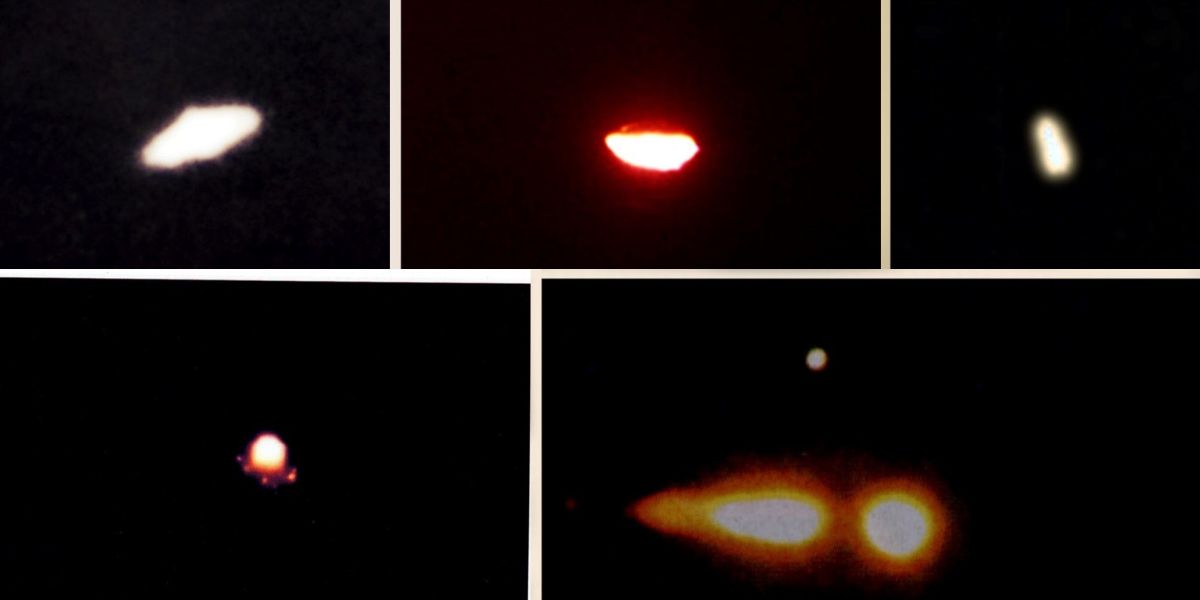
Curiously, Operation Prato was abruptly concluded after four months, and much of the collected material was archived in secrecy.
In 1997, after retiring, Captain Hollanda gave a historic interview to Revista UFO, revealing details about the investigation. According to him, the military initially dismissed the reports as fantasy, but sightings and contact records quickly increased. During the operation, nine different forms of UFOs and various unexplained phenomena were documented.
Hollanda also revealed terrifying personal experiences after the operation ended, including poltergeist events in his house and a possible abduction. He described a strange dream with beings and lights invading his room, followed by the appearance of a subcutaneous object on his forearm, which interacted with magnetic fields.
Another curious piece of information was that Hollanda mentioned a colleague’s report, Colonel Valério, who had seen a perfect pyramidal structure deep in the Amazon jungle, suggesting the existence of unknown ancient civilizations.
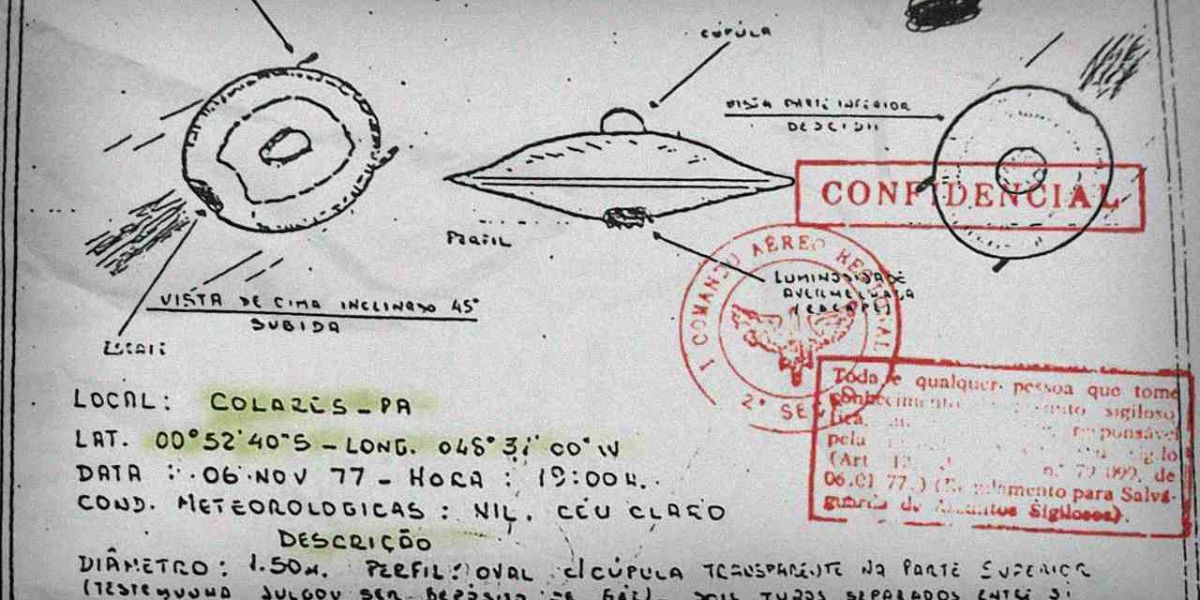
Sadly, just a few months after revealing these secrets, Hollanda passed away under controversial circumstances. His suicide raised suspicions of silencing, although friends and family confirmed his history of depression.
The Chupa-Chupa case and Operation Prato remain some of the most mysterious and well-documented UFO events in Brazil. To this day, many questions remain unanswered: What were those lights? What was the goal of these beings? Why was the military investigation shut down so abruptly?
While photographic and documentary evidence remains classified, the story lives on, continuing to intrigue researchers and UFO enthusiasts around the world.















